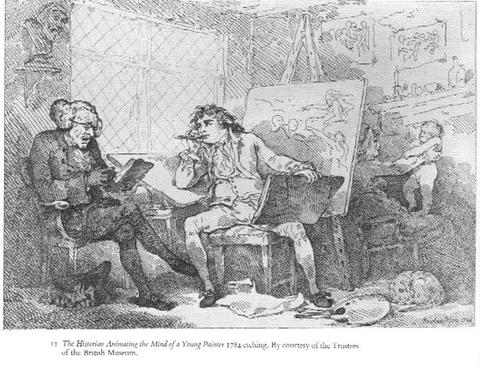Mention by historians
Mr Crook in his book, The Tribes and castes of UP and Oudh: Part II, page 64, has written: Bhumihar (Sanskrit Bhumi, 'land' and Kara(har), 'maker'): An important tribe and landowners and agriculturists in eastern districts. They are also known as Babhan, Zamindar Brahmin, Grihastha Brahman or Pachchima (Western) Brahmin. They are also called Magadhan brahmin because they have their largest number of presence in the old Magadh region of Bihar According to Sir Elliot's supplemental glossary, there are five divisions of the Kamkoobj Brahmins. They are Kamkoobj proper, Sunadh, Surwaria, Jijhotia and Bhoinhar. Mr William Oldham in his book North Western Provinces Historical And Statical Memoir, has categorically mentioned that Bhoinhars, both by themselves and by ethnologists, are believed to be the descendants of Brahmins, who on becoming cultivators and landholders gave up their priestly functions. Pundit Yogendra Bhattacharya in his book Hindu Castes and Set, writes that Bhumihar Brahmin literally means landholder. The Bhumihar Brahmins are evidently those Brahmins who held grants of land for secular services. Any Brahmin who held a secular fief was a Bhumihar. The East India Company for the Bengal presidency exclusively recruited soldiers from the Bhumihar Brahmin & Rajput communities. It is a fact that British established their British empire in India with the help of this Bengal regiment.
Subscribe to:
Comments (Atom)

